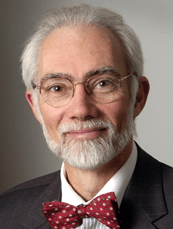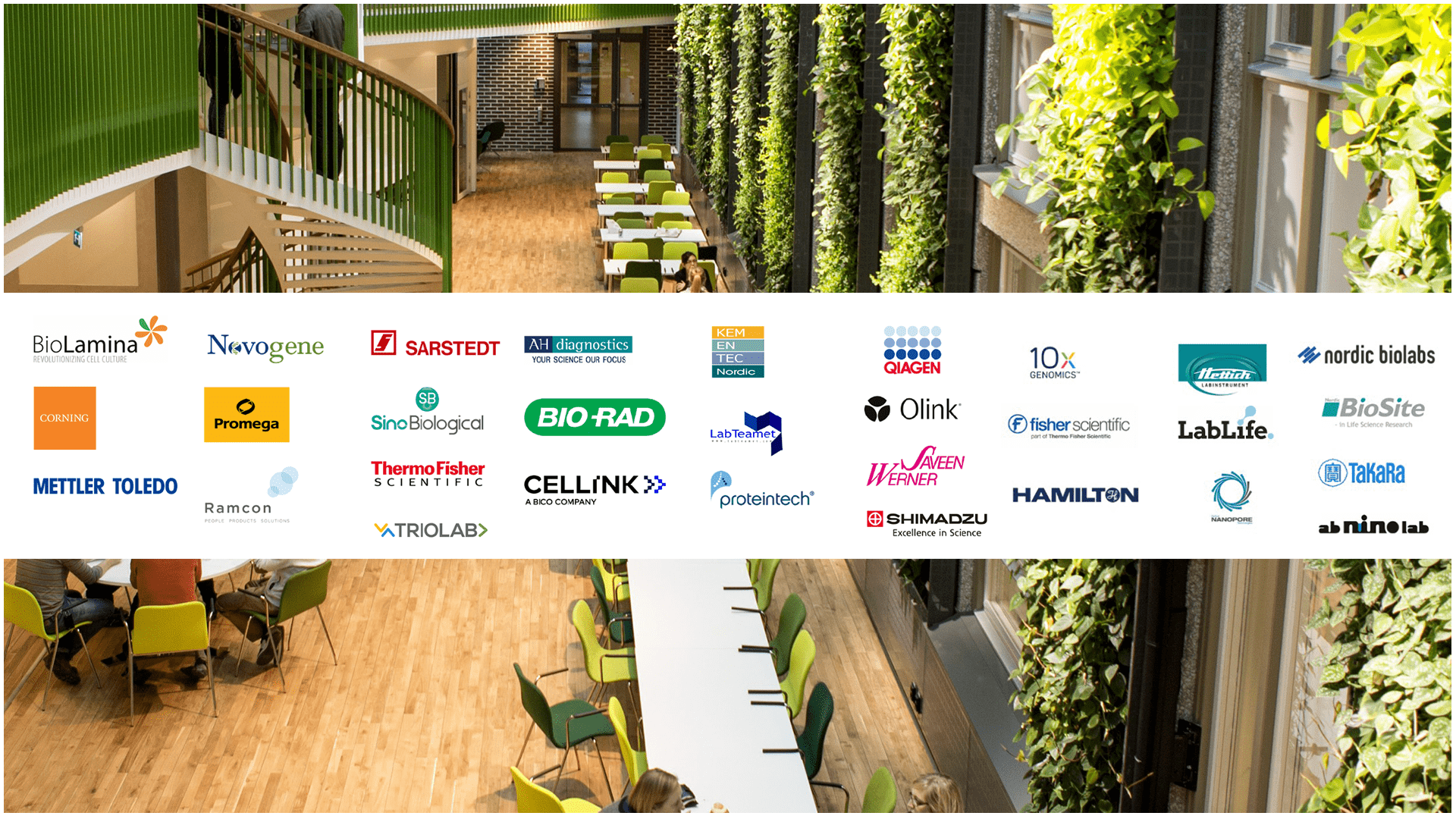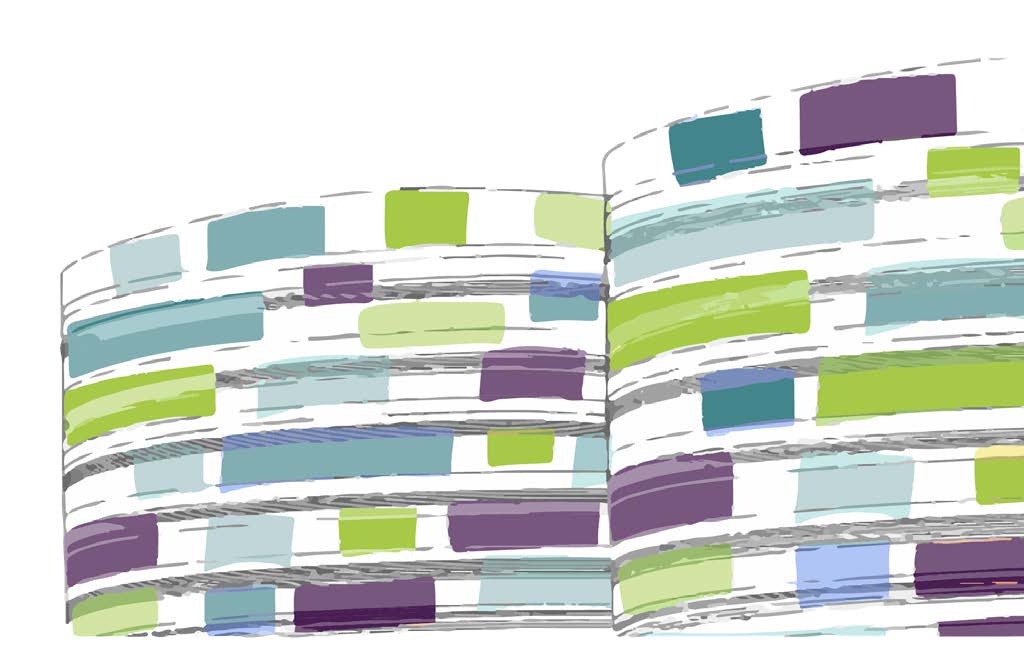[The Svedberg seminar] – Toward Multidimensional Spectral Flow Cytometry: Entering the Quantum Cytometry Domain
September 4 @ 15:15 – 16:15 CEST
J. Paul Robinson, Professor
Distinguished Professor of Cytometry
Professor of Biomedical Engineering
Purdue University, USA
Bio

Dr. Robinson received his early education at the University of NSW, Sydney Australia where he received a B.Sc. (Hons), M.Sc. and Ph.D. degrees. He was a postdoctoral fellow in the University of Michigan Medical School then a junior faculty in the School of Pathology prior to moving to Purdue University where he was promoted to full professor in 1993.
Dr. Robinson is currently a Distinguished Professor of Cytometry, and Professor of Biomedical Engineering in the Weldon School of Biomedical Engineering. He also holds appointment in the Purdue Polytechnic Institute, School of Computer and Information Technology and IU School of Medicine. Dr. Robinson is a Fellow of the American Institute for Medical and Biological Engineering, a Fellow of the American Association for the Advancement of Science, a Fellow of the National Academy of Inventors and a Fellow of the Royal Microscipal Society. Dr. Robinson is a past president of the International Society for Advancement of Cytometry and is the past Editor-in-Chief of Current Protocols in Cytometry.
He is an accomplished researcher with over 210 peer-reviewed papers, over 400 conference presentations, 10 books, 15 CDs or DVDs published and over 160 invited international keynote lectures and over 20 issued patents. He formed the Purdue Cytometry Electronic Discussion list in 1989 (http://cyto.purdue.edu/hmarchiv/index.htm) and it continues today with 4500 participants.
Dr. Robinson is the inventor of the key patent on spectral flow cytometry that has been commercialized and morphed into one of the most significant technologies in the field of fluorescence-based single cell detection. In this regard, together with his colleague Masanobu Yamamoto, they recently developed the most sensitive, highest speed single photon detector technology that is likely to have future impact on the field. He has also worked for many years on detection technologies in the area of food borne pathogens. More recently his group has been focused on developing new approaches to toxin and pathogen detection using laser induced breakdown spectroscopy (LIBS). By combining lanthanide conjugated antibodies as target molecules for toxins, it is possible to create a rapid detection assay that can be highly multiplexed.
Dr. Robinson is an accomplished mountaineer having summited several of the world’s most difficult mountains including Everest, (8,849m, May 23, 2009); Manaslu (8,163m, Oct 3, 2008); and McKinley (6,191m, Jul 1, 2008). In 2006 he formed the not-for-profit foundation “Cytometry for Life” (www.cytometyforlife.org) as a mechanism to promote low-cost diagnostics and education primarily in Africa and this organization continues working today to expand education and training in Africa in conjunction with AIBBC (https://www.aibbc-society.org).
Toward Multidimensional Spectral Flow Cytometry: Entering the Quantum Cytometry Domain
For decades flow cytometry has been a go-to technology for single cell analysis. There are clear advantages for analysis of complex suspensions of cells, particularly when considering blood cell analysis. The principles for the latest iteration for flow cytometry technology is a spectral approach with is now 2 decades old since we first developed this approach in 2001-2003. Spectral flow cytometry has become the driving technology in the field over the past 5-7 years. What spectral cytometry has brought to the field is a vast increase in multiparameter assay capability now approaching 50 simultaneous fluorescent probes.
However, what we see as the future of cytometry is often based on our current view of what we presently have. And the question arises can we envisage a technology that is different from what we currently understand and use? This is a difficult question as most of us can’t exactly predict the future! What we do know is there are new tools out there that can become integrated into the field.
There is a potential for a 2nd generation spectral technology that we have been working on that may provide many more features that we currently consider when we design our experiments. This presentation will discuss the engineering developments in both current spectral analyzers and spectral cell sorters and outline the next-generation technology that will open up new frontiers in biotechnology research in both research and clinical diagnostics. The focus will be around how do we approach quantum cytometry? Can we move from the analog world to the digital world – that is to the world where we deal with single photons – the photon being the ultimate digital event? This requires new sensors for high-speed detection. New sensors require better optics – more advanced diffraction approaches for light collection than currently available. High-speed sensors demand high speed electronics moving from the megahertz to the gigahertz domain. In all, moving to quantum cytometry means redefining most of the technology that we have been using for decades. There is a saying that “you cannot put new wine into old wine skins”! The technical demands for quantum cytometry are far more stringent that current systems allow. However, when you meet these criteria, the opportunities for biological detection approaches expands enormously. This presentation will outline a new sensor technology, new laser/electronics technology and how this will generate datasets that require advanced analytical toolsets demanding AI for potentially automated diagnostics.
Host: Masood Kamali-Moghaddam masood.kamali@igp.uu.se, UU


